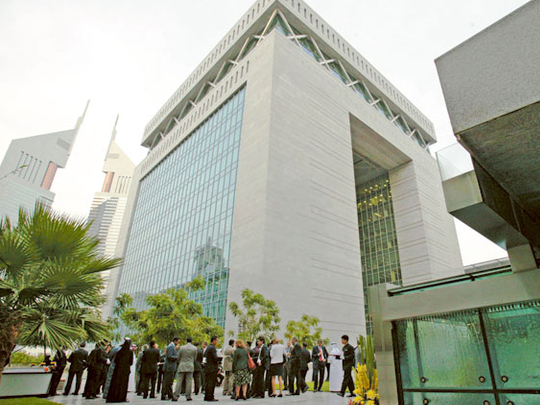
Dubai:Sukuk markets across the world operates as a collection of local markets as truly global issuance are relatively low according to data from Standard & Poor’s (S&P).
Over the past 10 years, local sukuk issuance in Malaysia and the countries in the Gulf Cooperation Council (GCC) region have helped fuel impressive growth in domestic sukuk issuance.
But out of the $117 billion in sukuk issued in 2013, only 16 per cent was truly international — that is, listed on major exchanges and generally issued in hard currencies.
“Most international issuances to date have originated in Malaysia or the GCC. Since 2001, S&P has seen only about 20 international sukuk from issuers domiciled outside these countries, for a total amount of around $10 billion,” said Mohammad Damak, an analyst with S&P.
Most international sukuk are listed on one or more of the international exchanges such as Irish Stock Exchange, Nasdaq Dubai, Singapore Stock Exchange, Bursa Malaysia, London Stock Exchange. If a sukuk is listed on a local/regional stock exchange, Standard & Poor’s Ratings Services classifies it as international if it is issued in foreign currency.
More than 40 per cent of worldwide issuance in 2013 was short-term sukuk issued in ringgit by just one issuer — the Central Bank of Malaysia. Most international issuances to date have originated from Malaysia or the GCC.
Despite the relatively low number of international sukuk issues interest from issuers outside these traditional markets has increased, chiefly because Sharia-compliance attracts deep-pocketed Middle Eastern and Asian investors.
“We understand that about half of sukuk investors invest in such instruments for religious reasons. We also estimate that about 60 per cent of investors in sukuk issued by entities domiciled outside the GCC and Malaysia were from the Middle East and Asia,” Damak said.
Data shows that in the case of sukuk issues from entities domiciled outside the GCC and Malaysia, a high proportion of investors for such international sukuk came from the Middle East and Asia. Of these investors 36 per cent were from the Middle East and 22 per cent from Asia. The remaining investors were mainly from Europe (16.8 per cent) or the US (12.3 per cent).
Sukuk are generally more expensive to issue than conventional bonds because they are priced at a premium. However, this premium does not seem to have acted as a serious brake on market development. In addition, the costs attached to structuring sukuk seem to us to be of secondary importance to large issuers.
We understand that a few issuers, particularly in the corporate or project finance space in the Gulf, have recently raised sukuk at a cost below that required to issue comparable conventional bonds. In our view, the reduced cost was underpinned by very strong demand for sukuk in a region where the amount issued remains small.
Yields on sukuk and conventional bonds with similar characteristics remain very strongly correlated, as shown by the synchronised moves of the yields on S&P Dow Jones Mena bonds and sukuk indices.











